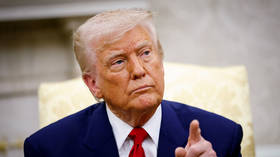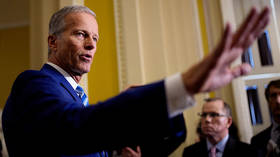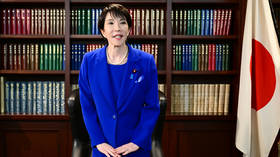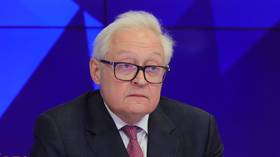US to tie tariff deals to China curbs – WSJ
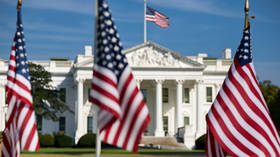
The US plans to use tariff negotiations to push trade partners to scale back economic ties with China, the Wall Street Journal reported on Tuesday, citing sources familiar with the talks. The strategy is reportedly aimed at securing commitments from countries hit by recent US tariff hikes to help isolate China’s economy and pressure Beijing to negotiate.
US President Donald Trump announced new “reciprocal” tariffs on nearly 90 countries earlier this month, citing unfair trade practices. After global markets reacted by dropping sharply and several governments sought exemptions, he paused most of the tariffs for 90 days, reducing them to a baseline rate of 10%. However, the pause does not apply to China, whose exports to the US are now subject to tariffs of up to 145% amid an ongoing tit-for-tat trade war.
US officials aim to convince trade partners to accept permanent tariff cuts in exchange for curbing their economic engagement with China, according to the WSJ. Proposed commitments may vary by country, but could reportedly include stopping China from rerouting exports through third-party nations, banning Chinese firms from setting up operations locally to avoid US tariffs, and limiting imports of low-cost Chinese industrial goods.
Sources said the measures are meant to undermine China’s economy and reduce its leverage ahead of potential negotiations between Trump and Chinese President Xi Jinping. The US has already raised the proposal in early discussions with some countries, sources claimed.
Treasury Secretary Scott Bessent was reportedly one of the main architects of the plan. Sources claimed he presented the strategy to Trump during an April 6 meeting at Mar-a-Lago, arguing that obtaining concessions from partners could prevent China from evading tariffs and export controls. He previously named the UK, Australia, South Korea, India, and Japan as countries likely to finalize trade agreements with Washington in the near future.
The White House and Treasury Department declined to comment on the WSJ report. On Tuesday, Trump urged China to initiate negotiations to resolve the tariff dispute.
“The ball is in China’s court. China needs to make a deal with us. We don’t have to make a deal with them,” White House Press Secretary Karoline Leavitt said, quoting a statement she claimed was dictated by the president.
Beijing, however, has so far refused to back down. On Friday, China announced it would impose a 125% tariff on all US goods, reiterating it will “fight to the end” against Washington’s trade policy. Beijing also signaled this could be the last increase, noting that “at the current tariff level, there is no market acceptance for US goods exported to China,” while adding that other countermeasures are being considered.
